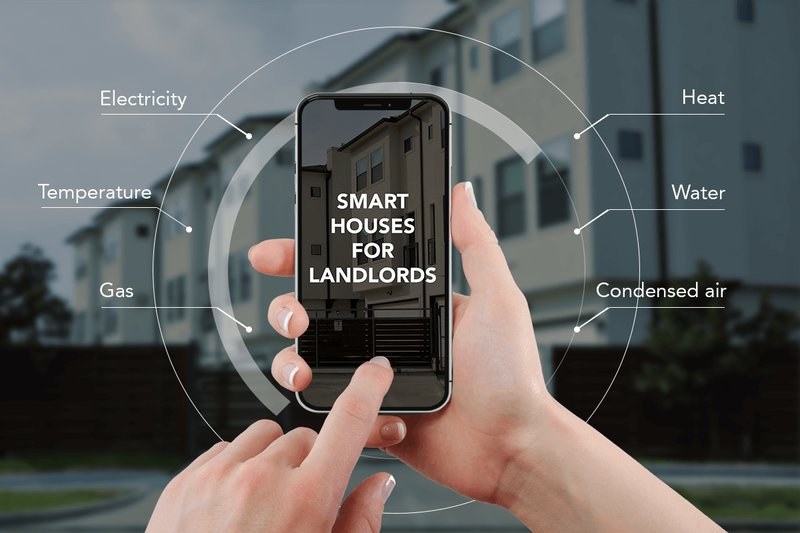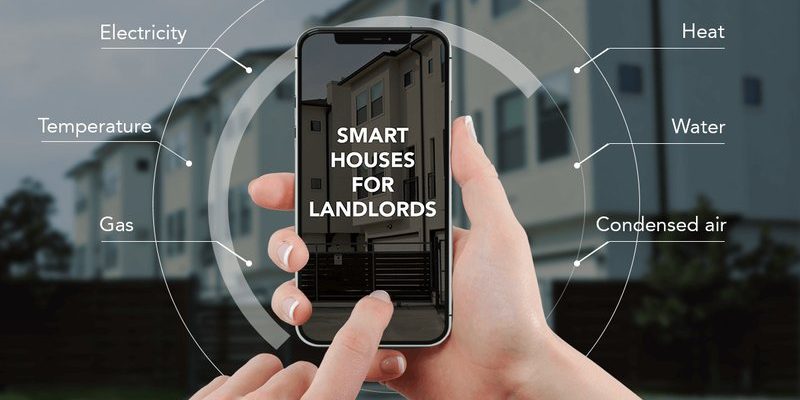
Imagine moving into a new apartment where your landlord has already installed a Ring video doorbell or security cameras. At first, it sounds like a sweet setup—you get smart home tech without the upfront cost. But then comes the tricky part: can you, as the tenant, register those Ring devices as your own? Or are you stuck sharing an account with the landlord? It’s a little like inheriting a fancy gadget but not having the keys to unlock its full potential.
Let me explain. Ring, one of the most popular smart home brands for security, uses cloud-based accounts to manage devices. Registration isn’t just about flipping a switch; it involves syncing the device to a user’s account, which controls everything from video access to security notifications. That creates a bit of a gray area when a landlord buys the device but the tenant lives on-site and wants control. So, how does this work in practice?
You might be wondering if it’s even possible or allowed for tenants to take over Ring devices bought by landlords, and if so, what steps are involved. That’s exactly what we’ll dig into, step by step, so you can confidently understand your options and rights when it comes to Ring smart home devices in rental situations.
How Ring Devices Are Registered and Why That Matters
To start, here’s the thing about Ring devices: they’re designed to be linked to a single Ring account. When a device is first set up, it’s registered through the Ring app with the user’s email and phone number. This account then becomes the “owner” of the device, with full control over settings, video history, and notifications.
Think of it like an email inbox—you don’t just get to open someone else’s account without their permission. The registered Ring account controls who sees alerts, who can speak through the doorbell, and who reviews past footage. This is crucial for privacy reasons and also affects how the device functions day-to-day.
So, if the landlord bought the Ring doorbell and registered it initially, the tenant typically won’t be able to just create a new account and claim ownership. Without access to the original account credentials, the device remains tied to the landlord’s account, limiting the tenant’s ability to manage or even fully use the device.
Can Tenants Register Landlord-Purchased Ring Devices Themselves?
Honestly, most of the time, tenants can’t simply register a Ring device that was purchased and set up by the landlord. Since Ring devices are paired to a specific account at setup, the only way to change ownership is to deregister the device from the current account first. That means the landlord needs to remove the device.
Here’s the catch: it’s not something tenants can do on their own unless they have the landlord’s account login info—which is rarely shared. Even attempting to factory reset the device doesn’t usually break this link fully because Ring requires the device to be removed from the original account before it can be added to a new one.
You might think, “Okay, what if I reset it and just pair it like new?” Unfortunately, Ring’s system is designed to avoid stolen device misuse by requiring removal from the original account. So, without landlord cooperation, tenants are stuck seeing the Ring device through their landlord’s dashboard.
What Are the Landlord’s Responsibilities in This Setup?
From a practical point of view, landlords need to think about privacy and access. Since the Ring device streams and stores video footage, landlords having full control means tenants might feel their privacy is compromised if the landlord watches the feed or gets alerts at all times.
Honestly, it’s a delicate balance. Many landlords install Ring for security or liability reasons, but tenants want to feel safe and in control inside their own home. Your landlord should be upfront about how they use the device, whether they share the feed, and whether they’ll transfer ownership if you’re staying long-term.
Legally, this varies depending on where you live. Some areas have tenant privacy laws that might restrict landlord access to live feeds or recordings without notice. But in most cases, the Ring device ownership remains with whoever registered it, unless both parties agree otherwise.
How Tenants Can Gain Access or Control Over Ring Devices
Here’s the thing: if you want to manage or register a Ring device purchased by your landlord, communication is key. The landlord can remove the device from their account and let you register it under your own Ring account. This way, you get full control—notifications, video access, and settings.
If that’s not an option, some landlords prefer to create a shared Ring account or add tenants as “shared users” within their Ring app. This lets tenants get alerts and view live video without transferring ownership, but the landlord still technically controls the device.
Both options have pros and cons. Fully transferring ownership grants tenants privacy but removes landlord oversight, which might be a concern if property security is critical. Shared access offers some control to tenants but means landlords can still access footage.
Step-By-Step: How to Register a Landlord’s Ring Device
- Ask the landlord to log into their Ring account.
- Have them remove the device from their account by selecting it and choosing “Remove Device.”
- Once removed, the device will reset and be ready for first-time setup.
- Download the Ring app on your phone and choose “Set up a device.”
- Follow the in-app instructions to scan the QR code on the device and connect it to your Wi-Fi.
- The device will now be paired with your own Ring account.
What Happens If Tenants Can’t Register the Device? Alternatives to Consider
If your landlord isn’t willing or able to transfer ownership, you might feel stuck. Here are some alternatives to think about:
- Use a Universal Security Camera: Consider buying your own smart camera system that doesn’t depend on your landlord’s account. This way, you control your security setup entirely.
- Request a Shared Account or User Access: Ask the landlord to add you as a shared user inside their Ring account. You won’t own the device, but you’ll get live access and notifications.
- Negotiate Lease Terms: Sometimes, tenants can negotiate lease clauses that specify how devices like Ring cameras are managed to protect privacy.
Trying to hack or force register the device without permission is a no-go. Ring’s security is pretty tight to prevent misuse, and breaking these rules could void warranties or create legal headaches.
Understanding the Technical Side: Syncing, Resetting, and Pairing Ring Devices
Let me explain a bit about the tech behind Ring registration so you’re not caught off guard. Ring devices pair with your account through a sync process using Wi-Fi and unique device codes. During setup, the device sends a code to Ring’s cloud servers that links it with your account.
Resetting a Ring device usually means pressing and holding a tiny reset button. But here’s the catch—this only clears local settings. The device still remembers it’s tied to the original user account until that account removes it. This prevents unauthorized pairing.
Pairing a Ring device for the first time involves scanning a QR code on the device that tells the app exactly which hardware it’s dealing with. Once paired, firmware updates and video storage all go through that registered account, so ownership is baked into the system.
Why This Matters: Privacy, Security, and Tenant Peace of Mind
At the heart of whether tenants can register Ring devices bought by landlords is a privacy question. Imagine having a video doorbell watching your front door, but the landlord controls the feed and alerts. It’s a little unsettling, right?
When landlords maintain ownership of Ring devices, they have the potential to monitor activity without tenants’ real-time consent. On the flip side, landlords want to protect their property. So, having a clear understanding and agreement about device ownership and access helps avoid misunderstandings.
For tenants, gaining control of the Ring device or at least shared access provides peace of mind. It lets you manage notifications, check who’s at the door, and even speak through the device if it’s a video doorbell. It’s not just a gadget—it’s about feeling secure and respected in your home.
“When it comes to smart home devices like Ring in rental properties, transparency and cooperation between landlord and tenant are the best way to make the tech work for everyone.”
Wrapping It Up: What Tenants Should Know About Ring Devices and Registration
So, can tenants register Ring smart home devices purchased by landlords? The short answer is: usually not without landlord involvement. Since Ring devices link to a specific user account at setup, the tenant can’t just sign up and claim the device on their own. It requires the landlord to remove the device from their account first.
If you’re renting a place with installed Ring devices, talk to your landlord about how these devices are managed. See if they’ll transfer ownership or at least add you as a shared user so you can benefit from the smart security without privacy worries. And if that’s not possible, consider your own security options to feel safe.
Honestly, smart home tech introduces some new twists in landlord-tenant relationships. But with clear communication and a little patience, you can find a setup that respects both property security and your right to privacy.
